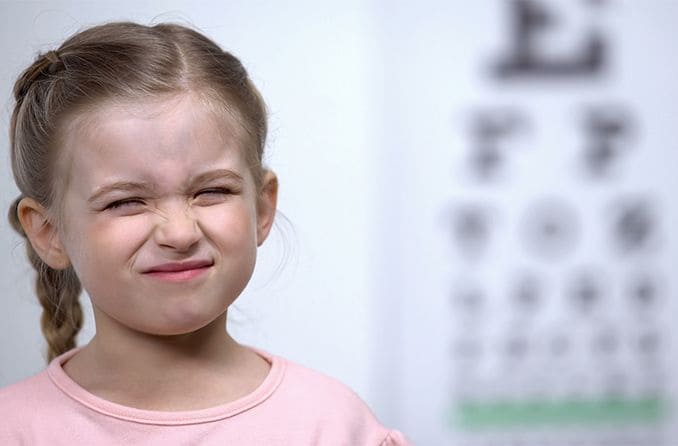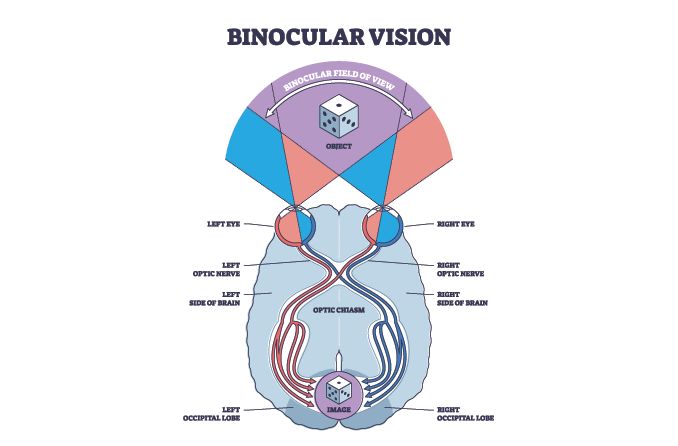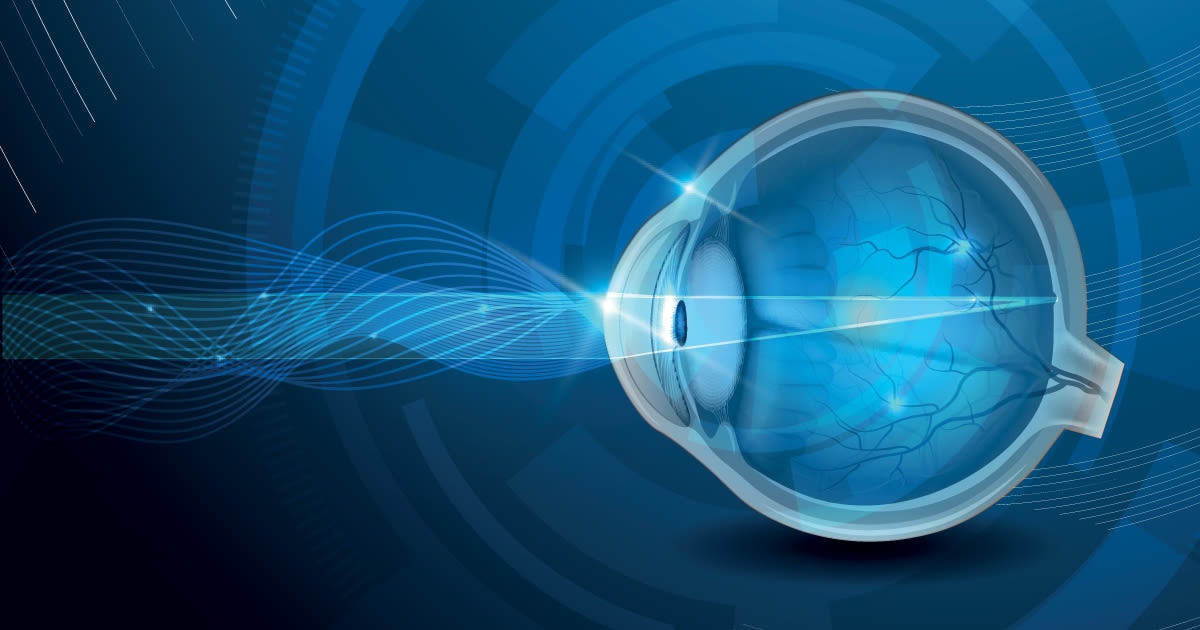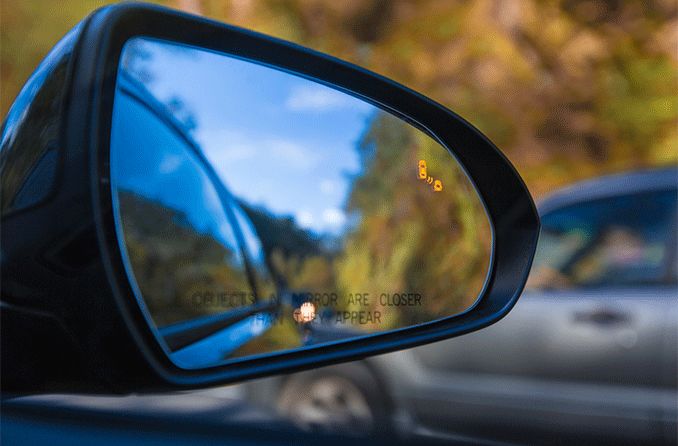Squinting is common — especially among people with blurry vision. But there are other causes too. And “squint eye” has a different meaning than squinting. Here’s how to tell these conditions apart — and how squinting and squint eye are treated by doctors.
What is squinting?
Squinting is a partial closing of the eyelids. Usually, a person squints in an attempt to see something more clearly.
But the word squint can also have a different meaning. It can refer to a misalignment of the eyes — a condition more commonly called strabismus.
So, when used in this manner: “Mary had to squint to see the road sign ahead,” squint means partially close her eyelids.
But, when used in this manner: “Rob has a squint eye,” squint eye means a misaligned eye or strabismus.
What causes squinting?
There are four main reasons why people squint:
Uncorrected refractive errors
Presbyopia
Intense light
Unusual sensitivity to light
Uncorrected refractive errors — especially nearsightedness (myopia) — is a main reason why people squint when looking at distant objects. In fact, the terms myopia and myope come from Greek word roots that mean “to be closed” and “eye.” Astigmatism also causes squinting.
Presbyopia is a primary reason why people over the age of 40 squint to see small print and near objects.
Intense light — such as stepping outside on a bright sunny day or being exposed to a camera flash — is a very common reason why people of all ages squint. This type of squinting reduces discomfort from too much light entering the eye and striking the light-sensitive retina.
Unusual sensitivity to light (photophobia) is another common reason why people squint. There are many causes of photophobia, including:
Side effects from medications
Having unusually large pupils
Oculocutaneous albinism (OCA) and ocular albinism (OA)
Eye injuries, such as a corneal abrasion and snow blindness
Why does squinting help?
If you search the internet for information about squinting, you can find several websites that claim squinting has two effects:
It slightly changes the shape of the eyes.
It decreases the effective size of the pupils to limit how much light enters the eyes.
However, these sites fail to cite any research that demonstrates squinting actually changes the shape of the eye (specifically, the cornea ) to improve vision.
All About Vision staff recently performed a thorough review of published research about squinting and found no studies that show squinting changes the shape of the eye. So, it’s more likely the benefits of squinting are due solely to its effect of limiting the effective size of the pupils.
Why does this help? By reducing the effective size of the pupils, squinting creates a pinhole effect (sometimes called a pinhole camera effect ).
The pinhole effect is an optical principle that essentially says the smaller the pupil size, the less blur is present from refractive errors and other issues. When light passes through a small pinhole or pupil, unfocused rays are blocked, allowing only focused light to reach the retina.
When you squint, you’re partially closing your eyelids to (in effect) reduce the size of your pupils to that of a pinhole. This eliminates some of the blur from uncorrected refractive errors, presbyopia and other potential vision problems.
By making the effective size of the pupil smaller by squinting, you also reduce how much light reaches and enters your eyes. This reduces discomfort and glare from excessive light.
SEE RELATED: Pinhole glasses
Limitations of squinting
Though squinting may make objects look slightly clearer for people with uncorrected refractive errors or presbyopia, it doesn’t provide the same level of clarity as wearing prescription eyeglasses or contact lenses.
Also, because squinting reduces the amount of light entering the eyes, it’s even less effective in situations like driving at night, when you want more (not less) light entering the eyes for optimal vision.
Squinting won’t damage your eyes or worsen your eyesight. But frequent and prolonged squinting can cause headaches and speed up age-related wrinkling of the skin on your forehead and around your eyes.
Squinting treatments
The best treatment for squinting depends on the underlying cause:
Uncorrected refractive errors
If you feel a need to squint because your distance vision isn’t clear, it’s likely you have uncorrected nearsightedness or astigmatism. These problems can be corrected with prescription eyeglasses or contact lenses. Another good option may be LASIK vision surgery.
Presbyopia
Squinting caused by presbyopia can be treated with reading glasses, prescription glasses with progressive lenses or multifocal contact lenses. Your eye doctor may also recommend monovision with contacts.
Intense light or sensitivity to light
If sunlight or other bright light makes you squint, consider wearing high-quality sunglasses outdoors. Whether you choose regular or prescription sunglasses, make sure the lenses block 100% of the sun’s UV radiation to protect your eyes from damage. Wearing glasses with photochromic lenses that automatically darken in sunlight is another good option if you’re sensitive to light.
If you suddenly become sensitive to bright light, especially if your vision is also blurry, see an eye doctor as soon as possible. These could be symptoms of an eye injury or infection that needs immediate treatment.
The first step: Schedule an eye exam
The first step to getting rid of your squinting is to schedule a comprehensive eye exam with an optometrist or ophthalmologist. Your eye doctor will evaluate your specific needs and recommend the best options for clear, comfortable vision.
Also, if you or your child have a squint eye — such as crossed eyes (esotropia) — your general eye doctor can refer you to an ophthalmologist who specializes in strabismus surgery.









